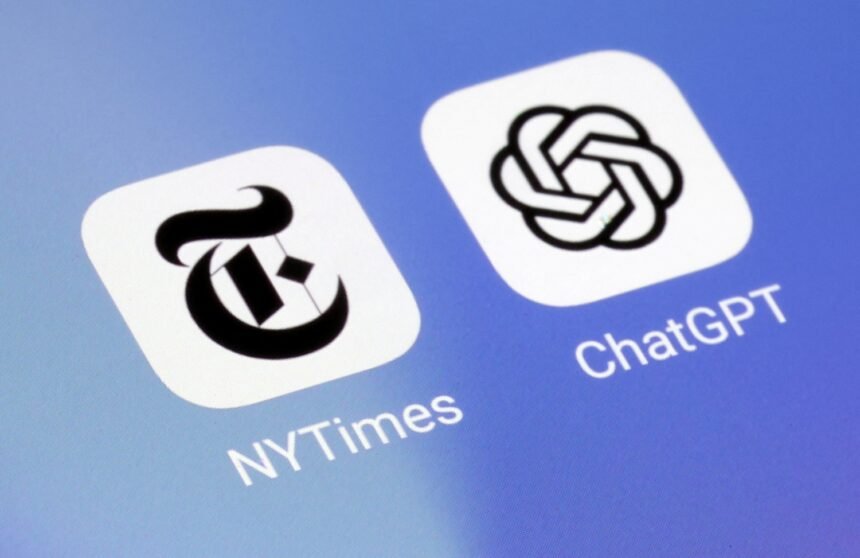The New York Times has thrown down the gauntlet in a legal battle that may transform the environment for artificial intelligence technologies and established newspapers, launching a lawsuit against OpenAI and Microsoft, the inventors of ChatGPT. The prestigious journal accuses them of several copyright violations, setting the stage for a high-stakes confrontation with consequences for the future cohabitation of conventional media and AI breakthroughs.
Key Questions Addressed:
1. What is the nature of the lawsuit?
The Times claims that the defendants’ alleged illegal exploitation of its work to produce AI products that compete directly with the media threatens its independent journalism, which is a rare and important asset. The case underlines the vital need of preserving the exclusive rights of authors over their creations.
2. In what ways does ChatGPT endanger The Times’ journalism?
The unlawful use of original information by news publishers such as The Times in the building of AI chatbots such as ChatGPT is at the heart of the argument. The purported threat stems from the free spread of The New York Times’ intellectual property via AI, which might have an impact on the publication’s capacity to offer authoritative, independent journalism.
3. What are the claims of The Times?
According to the Times, the defendants’ failure to accept the protection afforded by the US Constitution and the Copyright Act has benefited them financially. The complaint accuses the publication of persistent and competitive infringement of its intellectual property, creating a major danger to its service.
4. How Does Artificial Intelligence Chatbot Knowledge Acquisition Work?
The crux of the issue is figuring out how AI chatbots, especially Large Language Models (LLMs) like ChatGPT, learn. The conflict illustrates the sensitive issue of using original content to train AI algorithms without sufficient license.
5. What’s on the line?
The outcome of this court dispute will have far-reaching implications for the interaction between traditional media and artificial intelligence capabilities. As the media business grapples with revenue issues in the digital era, this case will almost certainly create precedents for how established newspapers and cutting-edge AI technology may coexist.
Conclusion:
The IT and media sectors are waiting with bated breath as the curtain rises on the New York Times vs. OpenAI copyright case. The confrontation highlights the difficult balance between intellectual property protection and technological growth, leading us to speculate on the future dynamics between AI technologies and long-standing pillars of journalism.




